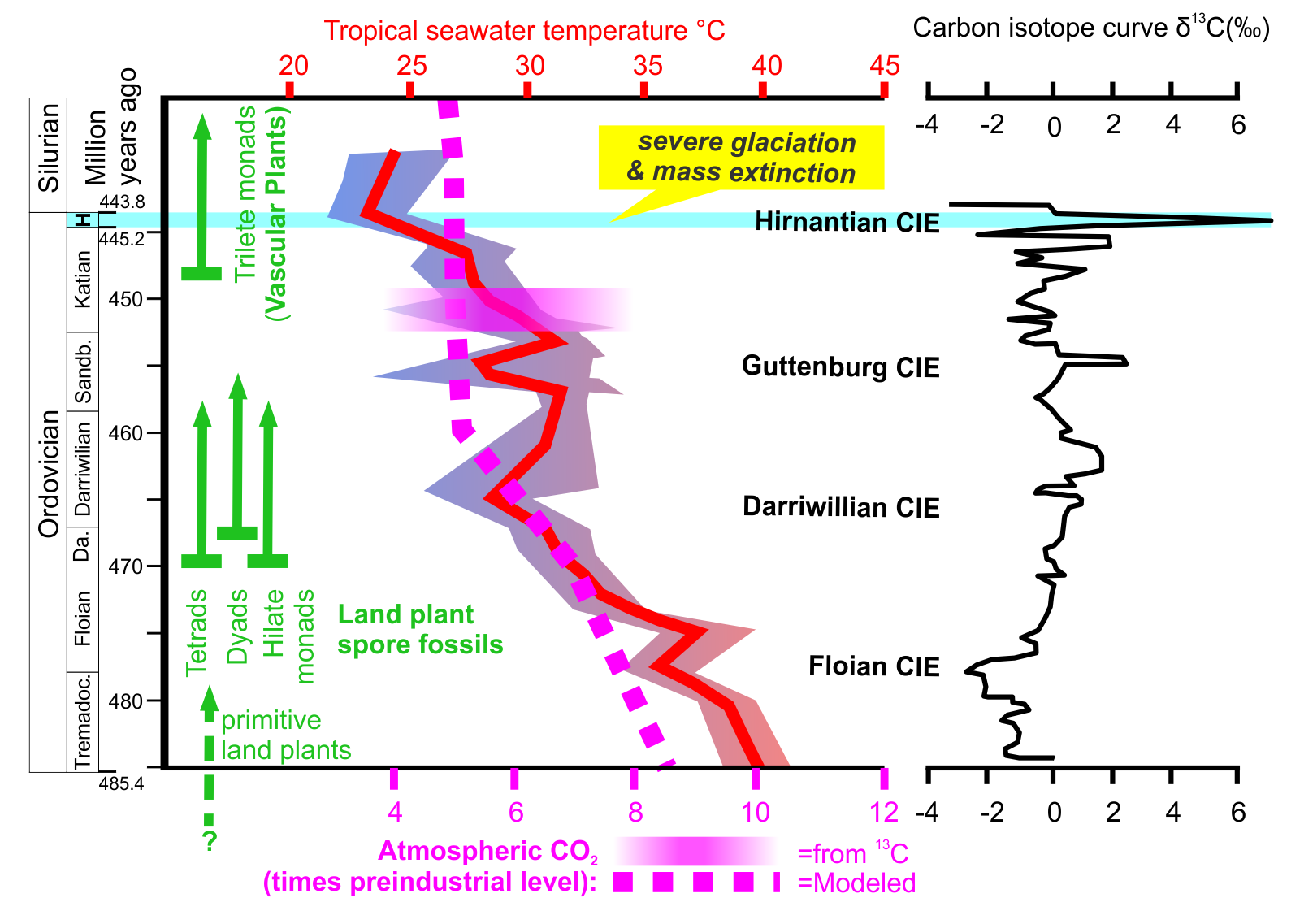 Arguments
Arguments
 Software
Software
 Resources
Comments
Resources
Comments
 The Consensus Project
The Consensus Project
 Translations
Translations
 About
Support
About
Support


Latest Posts
- Skeptical Science New Research for Week #14 2025
- Two-part webinar about the scientific consensus on human-caused global warming
- Sabin 33 #22 - How does waste from wind turbines compare to waste from fossil fuel use?
- Clean energy generates major economic benefits, especially in red states
- 2025 SkS Weekly Climate Change & Global Warming News Roundup #13
- Skeptical Science New Research for Week #13 2025
- Climate skeptics have new favorite graph; it shows the opposite of what they claim
- Sabin 33 #21 - How does production of wind turbine components compare with burning fossil fuels?
- China will need 10,000GW of wind and solar by 2060
- 2025 SkS Weekly Climate Change & Global Warming News Roundup #12
- Skeptical Science New Research for Week #12 2025
- Climate Fresk - a neat way to make the complexity of climate change less puzzling
- Sabin 33 #20 - Is offshore wind development harmful to whales and other marine life?
- Do Americans really want urban sprawl?
- 2025 SkS Weekly Climate Change & Global Warming News Roundup #11
- Fact brief - Is waste heat from industrial activity the reason the planet is warming?
- Skeptical Science New Research for Week #11 2025
- Visualizing daily global temperatures
- Sabin 33 #19 - Are wind turbines a major threat to wildlife?
- The National Hurricane Center set an all-time record for forecast accuracy in 2024
- 2025 SkS Weekly Climate Change & Global Warming News Roundup #10
- Fact brief - Is Greenland losing land ice?
- The Cranky Uncle game can now be played in 16 languages!
- Skeptical Science New Research for Week #10 2025
- Climate Adam: Protecting our Planet from President Trump
- Sabin 33 #18 - Can shadow flicker from wind turbines trigger seizures in people with epilepsy?
- Cuts to U.S. weather and climate research could put public safety at risk
- 2025 SkS Weekly Climate Change & Global Warming News Roundup #09
- Fact brief - Are high CO2 levels harmless because they also occurred in the past?
- Skeptical Science New Research for Week #9 2025
Archived Rebuttal
This is the archived Intermediate rebuttal to the climate myth "CO2 was higher in the late Ordovician". Click here to view the latest rebuttal.
What the science says...
|
During the Ordovician, solar output was much lower than current levels. Consequently, CO2 levels only needed to fall below 3000 parts per million for glaciation to be possible. The latest CO2 data calculated from sediment cores show that CO2 level |
Older scientific papers inferred very high CO2 levels in the Ordovician, generating a paradox of a cold climate during a time of high greenhouse gas levels. But recent work has shown that atmospheric CO2 was much lower than the myth claims, and it kept falling through the Ordovician. It was less than 8 times preindustrial values towards the end (see the graph below), which may sound very high, but with a 4% fainter sun back then and with a large continent over the South Pole, it was low enough to trigger a major continental ice sheet.
The Ordovician was a time of mountain building (the Taconic/Caledonian orogeny) and violent ashy volcanic eruptions as the continents of Laurentia, Baltica and Avalonia began to collide. Mountain building, lots of fresh volcanic ash and erosion tend to accelerate the weathering of silicate rocks, which draws down CO2 from the atmosphere, cooling the planet on a timeframe of hundreds of thousands to millions of years. And indeed, strontium isotopes confirm a large increase in the contribution of weathered volcanic rocks into ocean waters between about 470 and 450 million years ago. Neodymium isotopes (a proxy for ancient sea level change) show that ice sheets were in place in the late Ordovician.
The latter half of the Ordovician also saw the development of Earth's earliest plant-dominated terrestrial biosphere. Those early moss-like plants accelerated rock weathering rates, simultaneously drawing down CO2 and supplying nutrients like phosphorous to the oceans, which fertilized plankton activity, which further reduced CO2 as their carbon-rich remains sank to the sea bed. The climate cooled so much that it crossed a "tipping point" 444 million years ago, triggering the Hirnantian Glaciation, which was so severe it resulted in one of the biggest mass extinctions since animals first evolved. For more on that see this article.
So, far from presenting a paradox, late Ordovician CO2 levels are entirely consistent with a cool climate and glaciation. Moreover the geological, geochemical and fossil evidence all consistently show that a big drawdown of CO2 drove that cooling, proving again that CO2 is the principle control knob on climates both ancient and modern.

Cooling climate before the Hirnantian Mass Extinction. Cyan horizontal band is the Hirnantian Stage. Redrawn from Armstrong & Harper 2014. 13C-derived CO2 range from Pancost et al 2013, Plant spore first appearance simplified from Edwards et al 2014 and Rubinstein et al 2010.
Intermediate rebuttal written by howardlee
Update July 2015:
Here is a related lecture-video from Denial101x - Making Sense of Climate Science Denial
Updated on 2015-10-23 by pattimer.
THE ESCALATOR

(free to republish)
























































